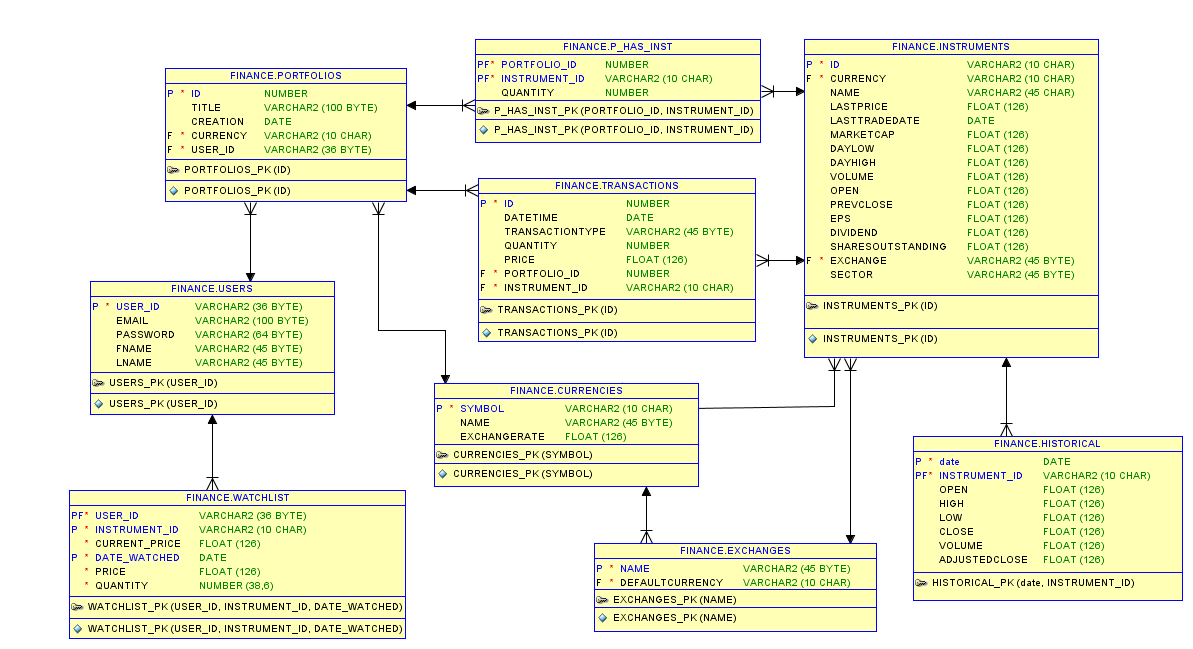Content
- Find our Full Stack Java Developer Online Bootcamp in top cities:
- Apache Spark vs Google Bigquery: What’s the Difference?
- Difference between Bottom-Up Model and Top-Down Model
- List of Biggest and Popular Programming Contests
- Difference between Top-down and Bottom-up Approach
- Difference between Top-Down Approach and Bottom-Up Approach

You implement
a high-level version of the program that calls simplistic versions
of the components (that might do nothing) and slowly work your
way downward into the details of each component. The programming challenges exist to give you the experience of writing a piece of software by yourself, without any tutorial. It’s a chance to exercise the general programming skills you’ve learnt from the chapter. And even though it’s not 3D, you still get that feeling of creating something interactive – something you can type to, and have it type a response back to you. It starts at the very bottom, assuming that you know literally nothing about programming.

Data encapsulation and data hiding is implemented in this approach. Top-down model has tight coupling issues and low interactivity between various modules. Bottom-Up model have high interactivity between various modules. The advantage of Bottom-Up Model is in making decisions at very low level and to decide the re-usability of components. In System Design, there are two types of approaches followed namely, the Bottom-Up Model and the Top-Down Model. Top-down reasoning in ethics is when the reasoner starts from abstract universalisable principles and then reasons down them to particular situations.
Find our Full Stack Java Developer Online Bootcamp in top cities:
In Top-Down development you start out with your main function, and then think of the main steps you need to take, then you break up each of those steps into their subparts, and so on. It is generally used with object oriented programming paradigm such as C++, Java, Python, etc. During the design and development of new products, designers and engineers rely on both a bottom-up and top-down approach. The bottom-up approach is being utilized when off-the-shelf or existing components are selected and integrated into the product. An example would include selecting a particular fastener, such as a bolt, and designing the receiving components such that the fastener will fit properly.
Top-down approach is generally used with documentation of module and debugging code. Bottom-Up Model is a system design approach where the parts of a system are defined in details. Once these parts are designed and developed, then these parts or components are linked together to prepare a bigger component. This approach is repeated until the complete system is built. With bottom-up design you start with the components, which you see
clearly, but it’s not yet clear how they fit together.

In this approach, we will first identify individual components such as addition, subtraction, multiplication, and division functions. These components will be designed and implemented separately and then integrated to form the complete calculator application. When writing components bottom-up,
there’s no application to try them in, so you’re forced to write
unit tests to make sure they do the right thing. With top-down programming, you can just run the application to see if the
component works. There’s less pressure to write tests, and in fact the
component may not be written in a way that makes tests easy to write. That’s an unfortunate side-effect of top-down programming, but I’m
not generally bullish on unit tests anyway; most of them don’t provide any
value.
Apache Spark vs Google Bigquery: What’s the Difference?
(See Mostly avoid unit tests.) For those tests that would provide value, write them
anyway, despite the fact that the component is working for the application
as it is now. With the top-down approach, we start with our top-level program, then divide and sub-divide it into many different modules. The division process is known as stepwise refinement.
Unit testing is accomplished using low-level functions, that is another topic we will talk about later. As the name suggests, this method of solving a problem works exactly opposite of how the top-down approach works. In this approach we start working from the most basic level of problem solving and moving up in conjugation of several parts of the solution to achieve required results.
This approach is generally used by structured programming languages such as C, COBOL, FORTRAN. The basic idea in top-down approach is to break a complex algorithm or a problem into smaller segments called modules, this process is also called as modularization. The modules are further decomposed until there is no space left for breaking the modules without hampering the originality. The uniqueness of the problem must be retained and preserved. The decomposition of the modules is restricted after achieving a certain level of modularity. The top-down way of solving a program is step-by-step process of breaking down the problem into chunks for organising and solving the sole problem.
Difference between Bottom-Up Model and Top-Down Model
The top-down and bottom-up approaches are well suited for different situations. This approach is exactly opposite to the top-down approach. By clicking “Post Your Answer”, you agree to what is bottom-up approach in programming our terms of service and acknowledge that you have read and understand our privacy policy and code of conduct. A software engineering course will enhance your knowledge and skills.
- The bottom-up approach is being utilized when off-the-shelf or existing components are selected and integrated into the product.
- The bottom-up strategy, which is used in situations in which the primary module is not yet available, makes use of drivers.
- This reduces the diversity of the ecosystem as a whole and can detrimental effects on all of the other organisms.
- The animation given below represents the recurrence of subproblems by using circular shapes.
It requires a significant amount of communication among different modules. It is generally used with object oriented programming paradigm such as C++, Java, and Python. Data encapsulation and data hiding is also implemented in this approach.
List of Biggest and Popular Programming Contests
These days we would call that “refactoring” and “domain-specific embedded languages” (and old LISP programmers would sneer that LISP has been able to do that since the 1950s). The terms are usually used to describe how one approaches design and implementation of a software system and so apply to any language or programming paradigm. In reality, almost all programming is done with a combination of approaches. In object oriented programming, you commonly subdivide the problem by identifying domain objects (which is a top down step), and refining those, then recombining those into the final program — a bottom up step. The implementation of algorithm using top-down approach depends on the programming language and platform.
The most fundamental units, modules and sub-modules are designed and solved individually, these units are then integrated together to get a more concrete base to problem solving. Information hiding focuses on hiding the non-essential details of functions and code in a program so that they are inaccessible to other components of the software. A software developer applies information hiding in software design and coding to hide unnecessary details from the rest of the program. The objective of information hiding is to minimize complexities among different modules of the software.

To be more precise, we start by creating the smallest modules, put them together to form larger modules, and continue the process until we have our whole thing built. This approach to programming is especially useful when we already have pre-made modules at our disposal. One advantage of the top-down approach is that we see the full picture at first. When we write our high-level modules, we don’t need to care about the small details yet. Our lower-level modules are designed with our higher-level modules in mind, and we already know in great detail what we want to achieve with them.
Then you may have a chance
of succeeding in writing a large, working, long-lived program. Smart engineers are naturally attracted to bottom-up programming. Designing a
component is a small tractable task that can be finished and called done. You’re
creating a perfect, beautiful, reusable jewel. All engineers really want
to do is write components. The top-down approach doesn’t have this nice
property; the product is forever incomplete.
Examples of bottom-up programs include many small NGOs set up to improve local access to healthcare. In the software development process, the top-down and bottom-up approaches play a key role. Large companies are especially prone to unconsciously using a bottom-up
approach. It takes a strong personality to take responsibility for the
application top-down, to build enough of it to see the components, then
farm out the components to different teams. It’s easier, organizationally,
to guess at the components, farm them out, and hope that they’ll integrate
in the end. This is why so many large projects fail, why so many of these
components are trashed before they’re ever used, and why large companies
can’t ever seem to make much progress.
- A programming practice refers to the way of writing a program and is used along with coding style guidelines.
- It offers a better degree of precision at the granular level.
- Bottom-up processing is a type of information processing based on incoming data from the environment to form a perception.
The bottom-up approach is generally used in testing modules. Bottom-Up Model is mainly used by object oriented programming languages like Java, C++ etc. Top-down approaches emphasize planning and a complete understanding of the system.
In both top-down and bottom-up we in fact provide solutions from bottom. Also I have read that top-down programming tends to produce a design that is unique to that problem; and bottom-up one doesn’t. We haven’t designed it from the top-down, so we don’t really have a
big picture of where things are going, but we haven’t gone to the
bottom-up.